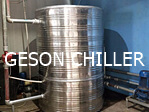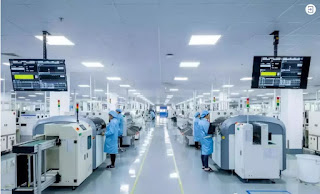Water requirements for chilled water quality
Water requirements for chilled water quality
When we talk about how to maintain the chiller, we always pay attention to the chiller system structure itself, but we do not talk about this topic from some external factors. Today, the editor will talk about the maintenance of the chiller from the perspective of frozen water.If the cooling performance of a chiller is to be kept in a stable state, strict requirements must be imposed on the source of chilled water. Otherwise, a variety of sudden failures will occur during the use of the equipment. Therefore, the use of chillers must be accompanied by the use of high-quality frozen water sources, so as to reduce consumption and use costs, which is conducive to the long-term safe use of chillers. So what are the chiller requirements for chilled water?
[caption id="attachment_782" align="alignright" width="218"]

Water requirements for chilled water quality[/caption]
pH
Softness
Water flow
Geson chiller product range covers Industrial Refrigeration and Commercial Central air-conditioning, including Water-cooled chillers, Air-cooled chillers, Screw chillers, Scroll chillers, Centrifugal chillers, Water(ground) source heat pumps, Air source heat pumps and etc., Capacity from 2tons~4000tons, and temperature from -160℃~30℃, complete full product series for customers.
Read more, pls visit www.linkedin.com/in/gesonchiller

评论
发表评论